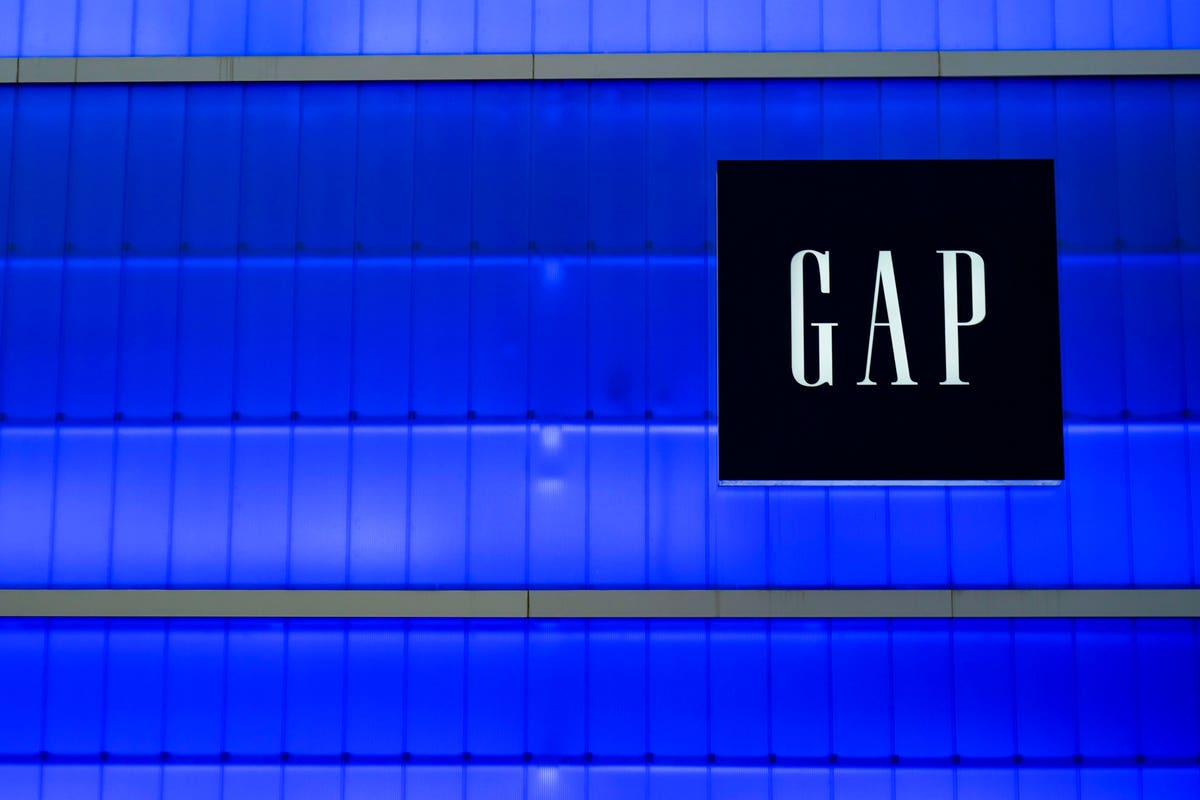When Richard Dickson sits down at his desk today as the new boss of Gap
GPS
Since Art Peck left suddenly in late 2019, Gap Inc. has gone through more interim CEOs than full-time ones and has experienced leadership turnover at all four of its brands — the eponymous Gap, Athleta, Old Navy and Banana Republic.
Already sailing in choppy waters, a steady ship this is not.
While Dickson has little experience in the fiercely competitive world of apparel, he has sat on Gap Inc.’s board for the past months and previously spearheaded the Jones Apparel Group business for four years.
But he has spent most of his career at toy maker Mattel
MAT
One look at the sales and earnings across the Gap Inc. brands will tell him that the San Francisco-headquartered group is in desperate need of clear direction, continuity and an approach that differentiates it from the myriad formal and fast fashion retailers that have eaten its lunch over the past decade.
The six big challenges facing Gap CEO
1. Group innovation and customer focus: Dickson has consistently talked about overseeing things like wholesale and retail, e-commerce and omni-channel, and about innovation focused on the customer. His experience at Mattel should hold him in good stead, as the manufacturer has been successful across a number of its brands at rejuvenating legacy and traditional toys for a tech savvy audience.
Dickson needs to harness the lessons he honed over many years at Mattel and make it work in apparel.
2. Write a compelling brand story: For the Mattel business, understanding and protecting the brand has been critical to its constant reinvention. Gap was at its best with a straightforward product range brilliant marketed. If it can get both product and marketing in sync, it could become a fashion staples force again. Lack of leadership and a constant carousel of bosses means a consistent vision has been missing.
Dickson needs to create a clarity that a new narrative can be written around.
3. Stick or twist with Old Navy: Gap Inc.’s discounter was founded in 1994 and became the first within the group to hit $1 billion in sales. At $8.2 billion sales last year it is, among single-brand specialty retailers, second in the U.S. only to Nike
NKE
What Old Navy has become expert at is selling value product with its name emblazoned on it, making its cheap chic a virtue. But Old Navy has been in turmoil in recent years, with growth stagnating amid leadership changes.
Dickson needs to work out whether a new direction can stimulate growth, or whether it has peaked and it’s time to focus on driving margin and generating cash.
4. Refocus Banana Republic: The brand still does solid business, and merchandising and marketing revamps have seen a modest uptick as it has steered ahead of the boring middle ground. Yet leadership changes have seen a scattergun approach to its ranges.
Dickson likely needs to refocus on menswear, give the women’s offer some much-needed attention, and ditch forays into niche areas such as baby and toddler and homewares.
5. Sweat the Athleta brand: In recent years Gap Inc. has relied for growth on its Athleta activewear label. Last year, the company maintained its $2 billion target for annual sales but in its most recent quarter net sales plunged 11% amid fierce competition in a soaraway sector.
The brand also welcomed another new CEO in Chris Blakeslee from Alo Yoga in the same week Dickson’s appointment was announced and inherits a brand that seems to have become content to seek inspiration from trend-setting rivals like Lululemon.
Dickson needs to help Blakeslee set a fresh and more innovative direction for the brand.
6. Refinding Gap: It is, of course, the big one. From a single San Francisco store in 1969, Gap morphed into a powerhouse of basics backed by brilliant marketing campaigns and a focus on quality at reasonable prices, which also allowed it to expand across the world.
But Gap’s marketing no longer resonates with most consumers, while merchandising issues, quality declines and a readiness to markdown are among a plethora of issues facing a brand that has lost its sense of self.
Dickson needs to figure out what Gap stands for and create a simple and clear positioning that means something to its customer.
It’s a challenge that could make turning pink into a female empowerment color seem like child’s play.
Read the full article here





